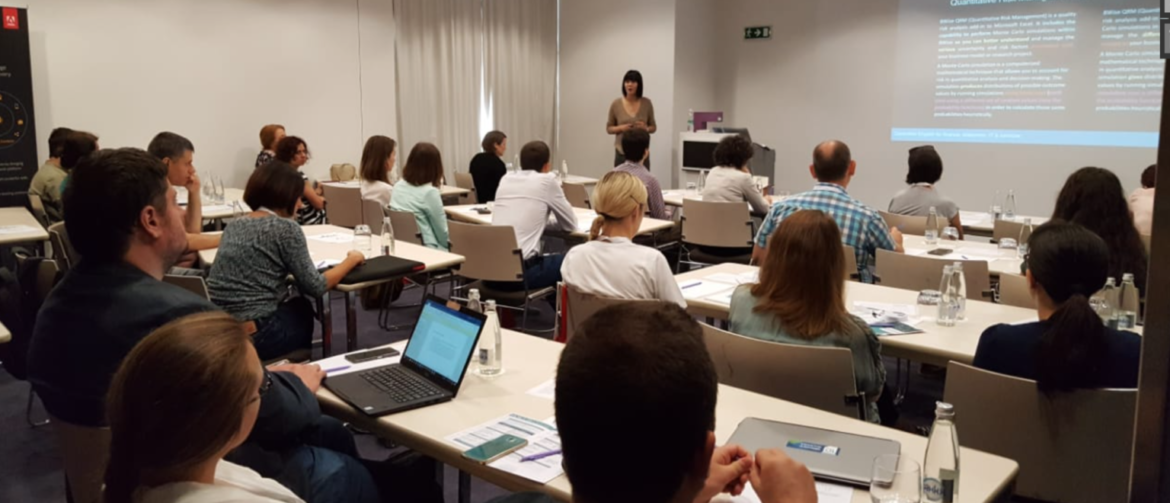The role of technical authors and technical documentation managers
Technical writers are the go-between for subject-matter-experts (SMEs), engineers, designers and the end-users of documentation. Consequently, the responsibility of creating effective documentation falls on technical authors who will endeavour to send out a clear, unambiguous, and user-friendly message about their products and line of services.
At the level of global information management, technical writing professionals should consider short-term tactics and longer-term strategies to overcome the following:
- An ever-increasing volume of words to write and translate
- Snowballing translation and documentation management costs
- Overlapping information across different versions of similar document types
- Low comprehension levels for the English language jargon.
Simplified Technical English as part of your content strategy
HUMAN Gesellschaft für Biochemica und Diagnostica mbH is a global player in the in vitro diagnostics industry. For almost 50 years HUMAN’ success in the healthcare sector is is based on three pillars: A broad and constantly growing portfolio of in vitro diagnostic products with Quality Made in Germany, outstanding worldwide available service, support and supply capabilities and a grown culture of partnership with our distribution partners in more than 160 countries. HUMAN’s product philosophy calls for the utmost in reliability and quality as well as timely product availability.
ASD-STE100 Simplified Technical English (STE) is a controlled language that is used to write technical manuals in such a way that they can be more easily understood by an international audience. To put it across plainly, STE is a form of controlled language that is guided by 53 technical writing rules that were put together by a committee of linguists, engineers, and manufacturers who established over the years that these writing rules made sense and allowed them to re-write any of their existing documentation based on these rules, making their documentation easier to understand, while maintaining accuracy, safety, and validity.
Develop, deploy, and deliver documentation with STE
STE Quick facts
Background: With the widespread dissemination of user documentation published in various delivery formats across several language translations, the relevance of global information management has become greater in an attempt to stem terminology inconsistencies, mistranslations, and the disproportionate escalation of costs associated with the maintenance, reuse, and consumption of technical content.
Year: In use since 1986
Current Version: Issue 8, May 2021.
Technical writing rules: 53
Dictionary word entries: approx. 2400 terms.
The STE specification also includes a core vocabulary of around 930 approved words and 1500 non-approved words that let technical authors write just about everything that they need for for procedural and descriptive texts. Therefore, the use of approved words, compliance with the standard, and a language quality checker tool to complement your content strategy efforts is akin to pooling your most valuable resources where people, internal processes, and innovative technologies become more aligned.
What customers are saying.. | HUMAN Diagnostics Worldwide
K.Ilkenhans, Documentation / Quality Management “Training delivery is clear and easy to understand, even with English as my second language. The approved words & meanings that are used for procedural & descriptive writing in STE makes it easier to shorten and organise our texts. Most importantly, the improved comprehensibility for end-users to understand technical content is now made possible using STE as we try to minimise complaints based on information misunderstandings. This is a great course to attend and has really helped us improve our texts. I’d most definitely recommend this course to anyone who wants to apply STE principles to their daily work.”
Eniza Gutic, Employee / Quality Management “Our Trainer Shumin did an excellent job. She spoke clearly and understandably..and in case if you did not understand something she patiently explained it again. I always had the feeling I could ask her anything again and again. A big thanks for the excellent training we had. The workshop met my expectations, and to “Make instructions as specific as possible” in STE – .. will help shorten our sentences and focus only on the essentials.”
Rosenver Yepez Arrieta, Team Coordinator Technical Translations & Documentation, HUMAN Gesellschaft für Biochemica und Diagnostica mbH “I’ve found the introduction to Simplified Technical English (STE) very useful, good, and understandable. During the STE presentation on writing rules and application, all the STE technical writing rules are necessary in my field of work and I do not have a favourite rule after all. As this was an internal group training, the fact that the trainer has customised the workshop to meet our needs was perfect! Thank you very much for the training! It is very likely so that I will recommend Shufrans’ STE training workshop to others.”
Sarah Desroches, Technical Translator, HUMAN Gesellschaft für Biochemica und Diagnostica mbH “Precise with helpful examples and figures were provided during the introduction to Simplified Technical English (STE). In terms of STE writing rules and application, I find it great that one definition only corresponds to one verb (or another part of speech), it can prevent a lot of ambiguous situations. Vertical lists are really useful to improve comprehension as well.. After studying the STE rules and sentence examples during the classroom training, it was much easier to see which rules I have assimilated and which ones I still needed to work on with the rewriting workshop, so this was a really good exercise for all of us to work on!”
An innovative approach to consider for your global documentation landscape
Over the last three decades, STE has emerged as a rather important and universal standard for technical English. Predictably, as a result of language standardisation, STE helps us to achieve a number of benefits. Technical writers become more consistent on a word level. This starts with the simple fact that we are going to use the same word whenever we refer to the same thing, so that means an improved level of consistency and consequently quality improvements.
Where can I learn more about STE?
Shufrans TechDocs regularly hosts online training workshops for technical writers, SMEs, and engineers at different time zones for your convenience. To learn more about our diverse course offerings and workshop customisations that we can do for you and your global technical documentation team, speak to us today!

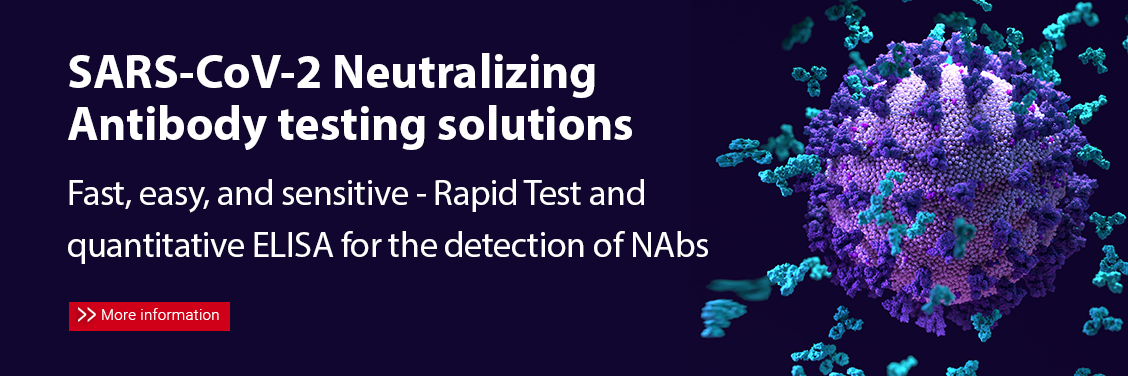



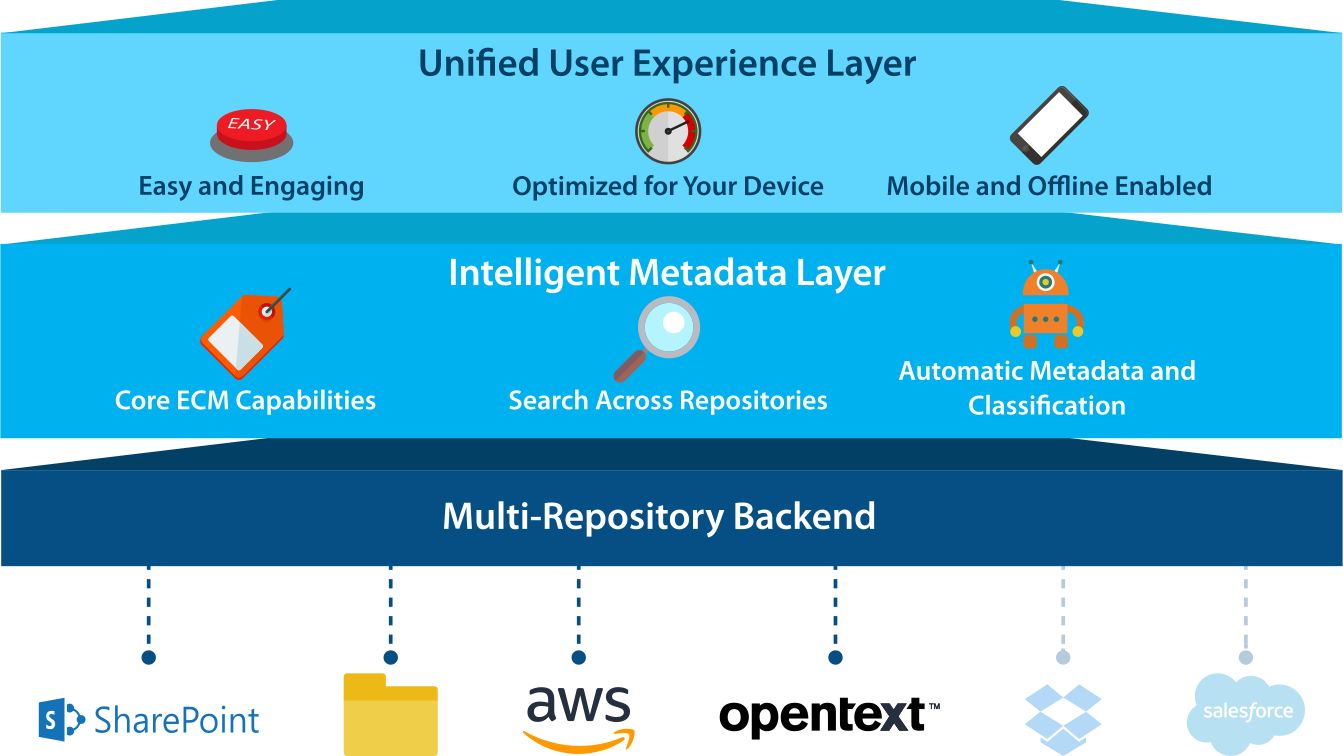



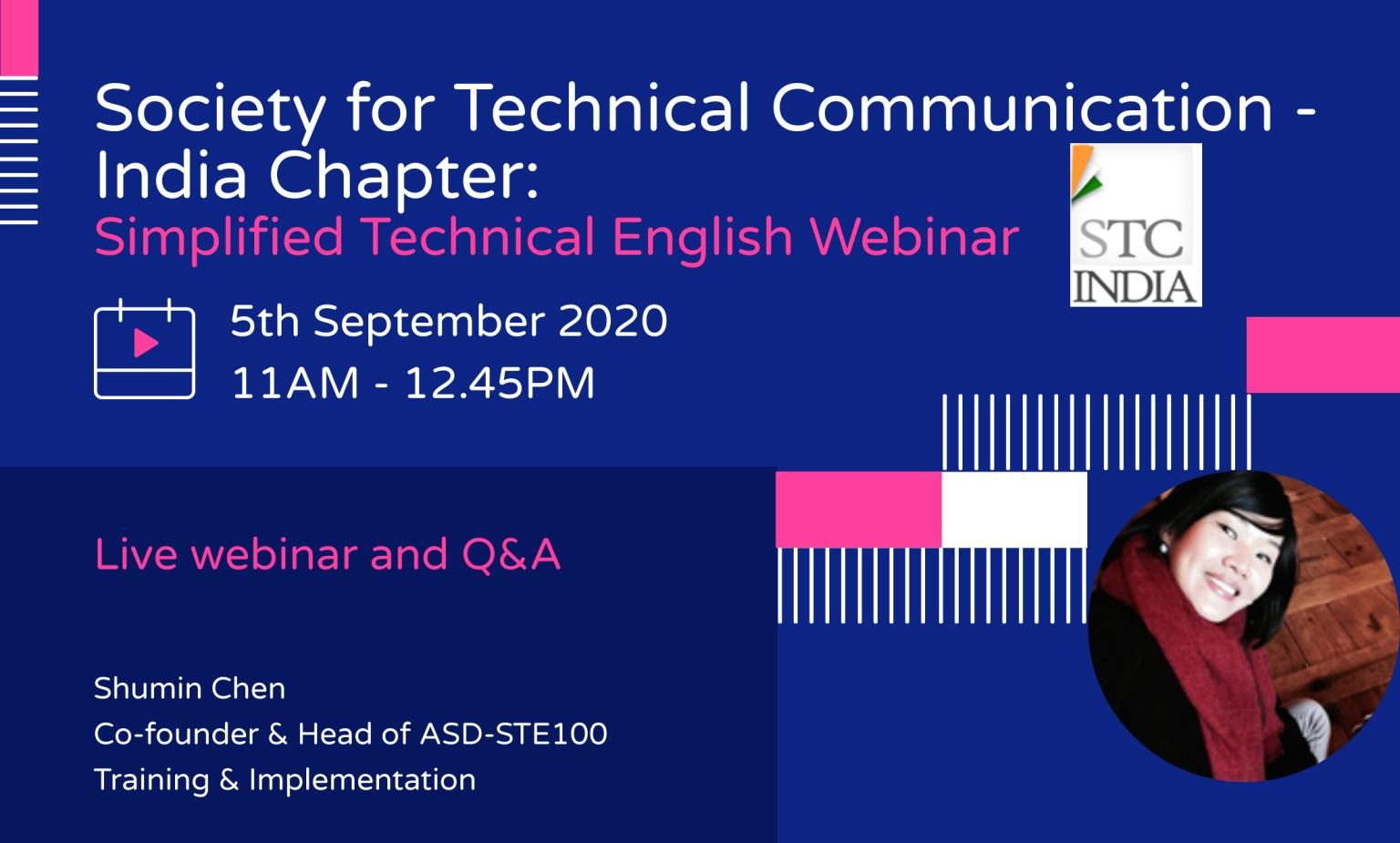
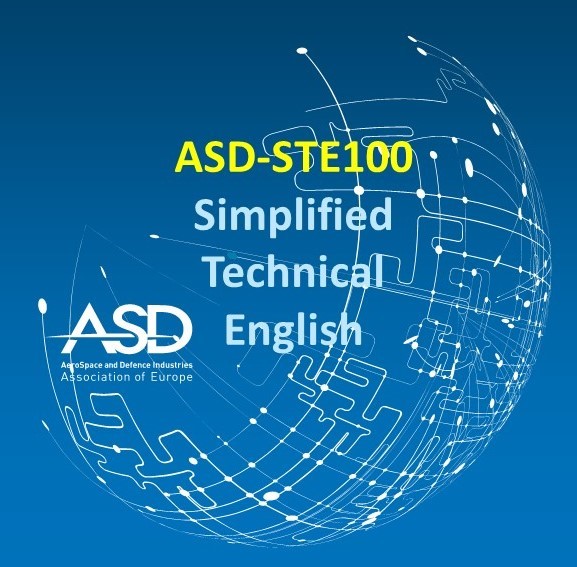
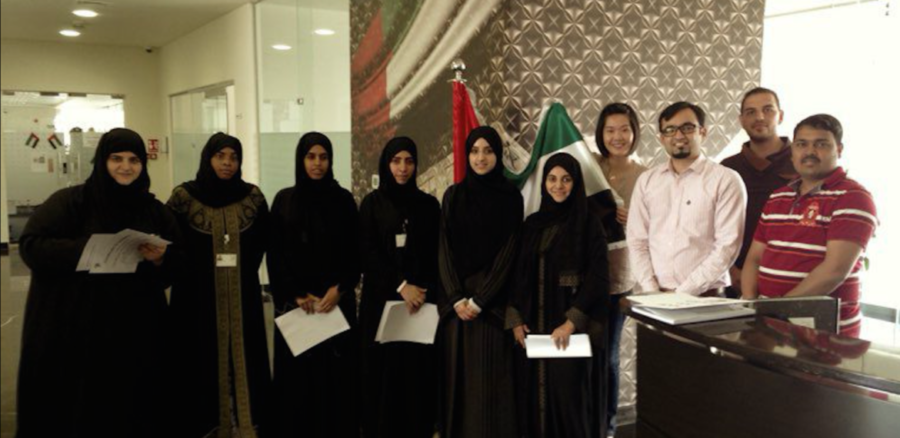
 Diane Goodrick, Information Architect/ Author Trainer, Schindler Group.
Diane Goodrick, Information Architect/ Author Trainer, Schindler Group.
